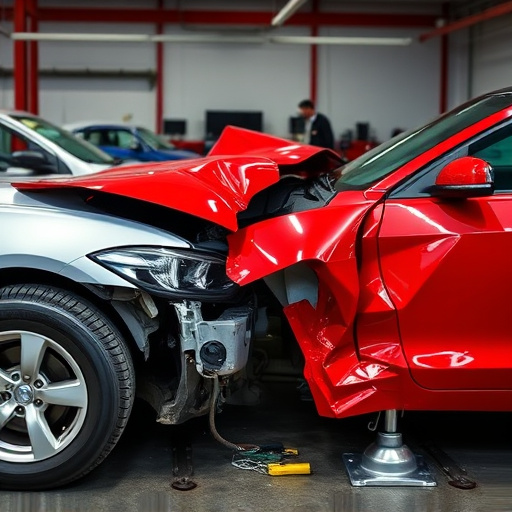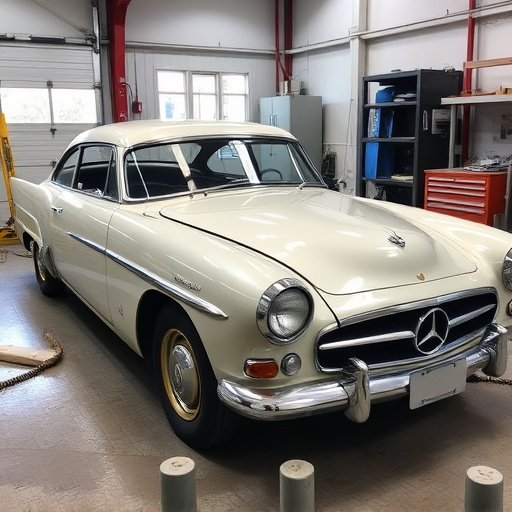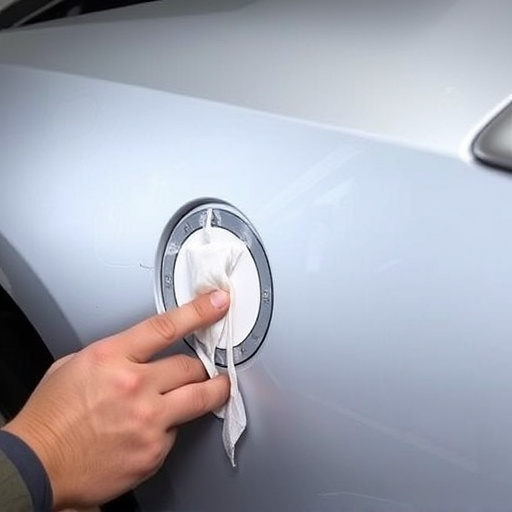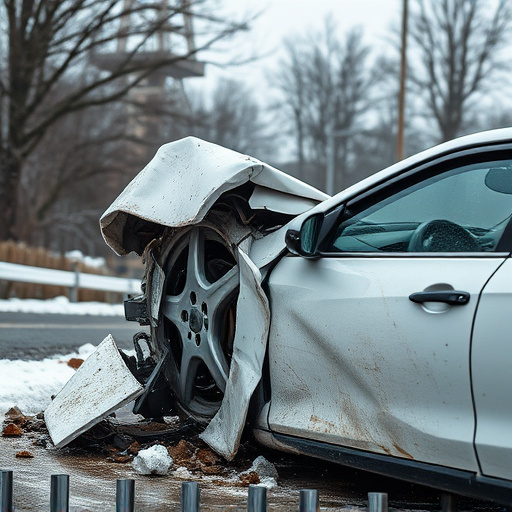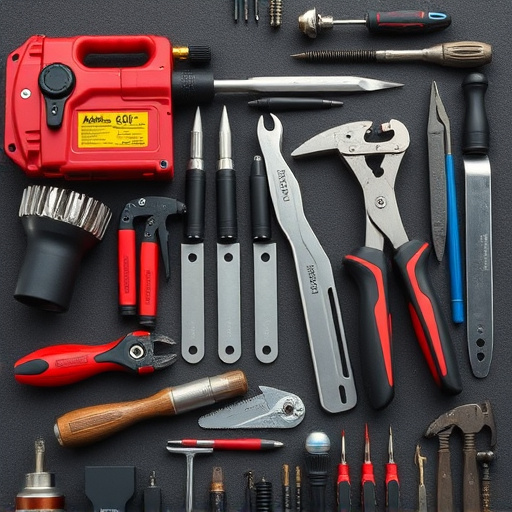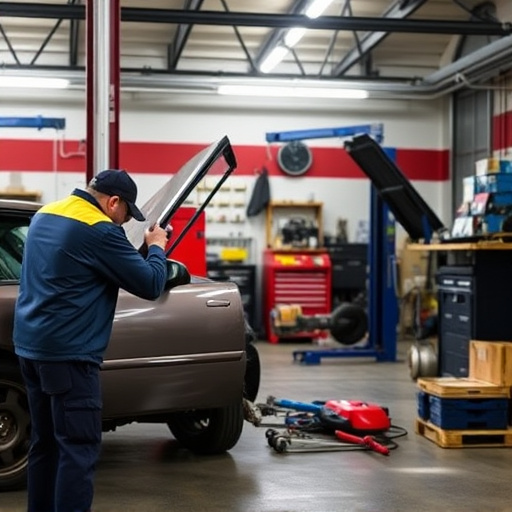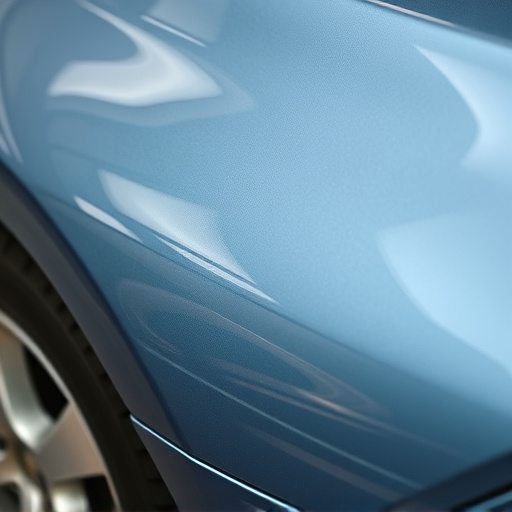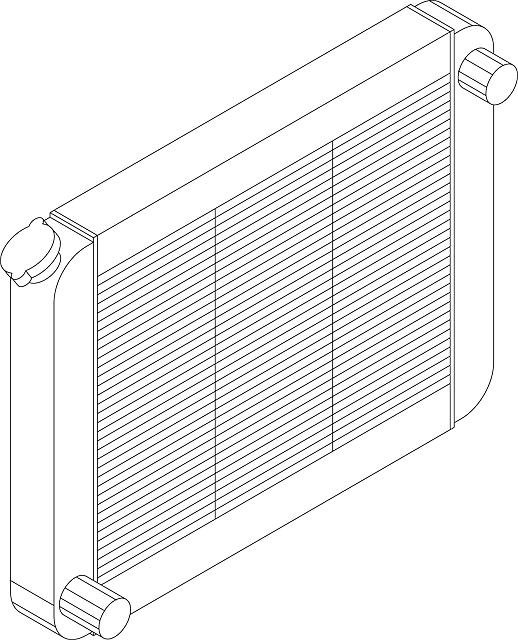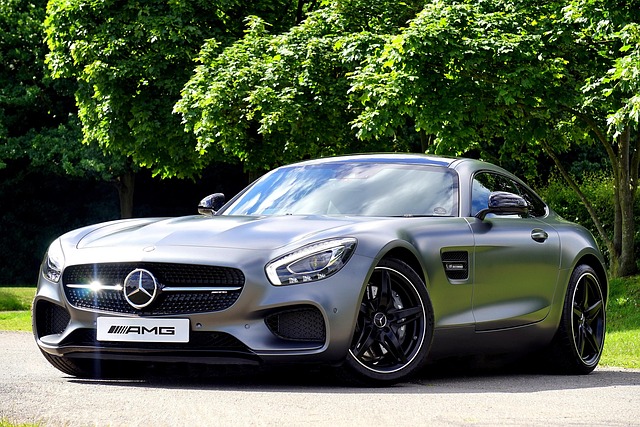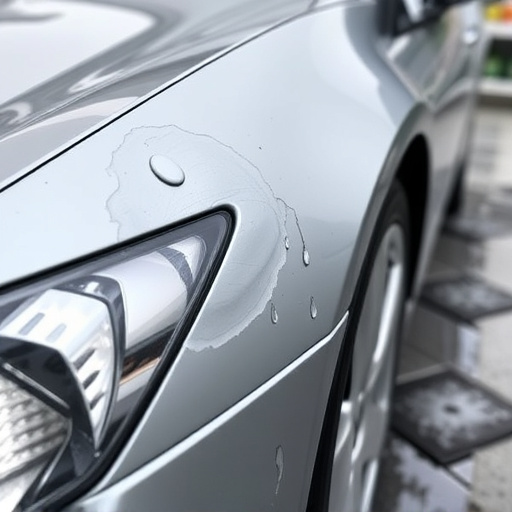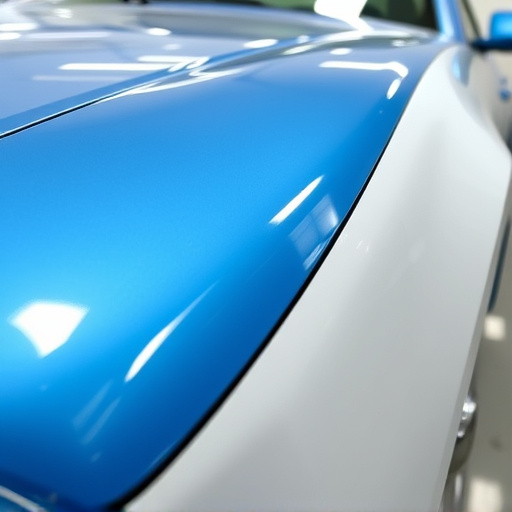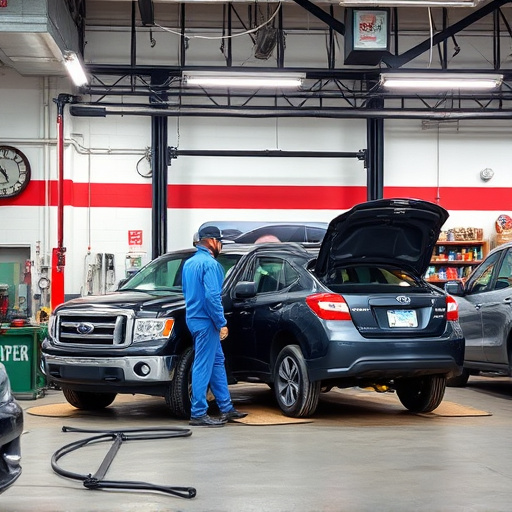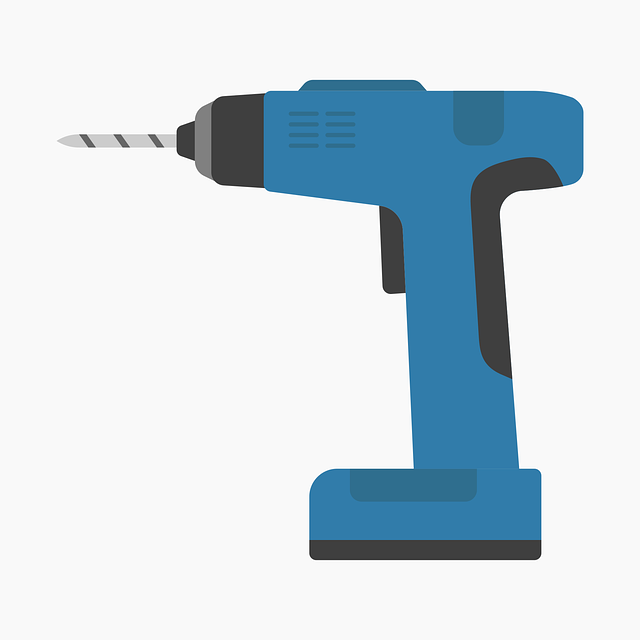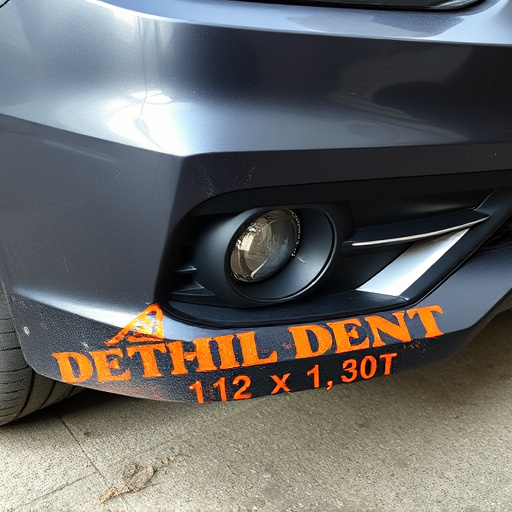Bumper paint matching is an intricate auto body repair art, demanding skill and precision. It involves a rigorous process of inspection, preparation, color mixing, and specialized techniques like sanding and buffing. These meticulous steps, when executed correctly, restore or enhance vehicles' aesthetic appeal, ensuring seamless repairs that maintain resale value. The key lies in creating a clean, smooth surface through careful cleaning, fine-grit sanding, and dust control for optimal paint adhesion, resulting in invisible joints between new and existing paint.
Bumper paint matching is an art that requires precision and skill. Achieving a flawless finish on car bumpers involves understanding the science behind color matching and mastering techniques like sanding and buffing. This comprehensive guide delves into the process, offering insights on ‘bumper paint matching’—from grasping fundamental concepts to exploring advanced sanding and buffing methods. By following best practices, you’ll ensure a seamless, professional-looking repair.
- Understanding Bumper Paint Matching: The Basics
- Sanding and Buffing: Techniques for Accurate Color Match
- Tips and Best Practices for Achieving a Flawless Finish
Understanding Bumper Paint Matching: The Basics
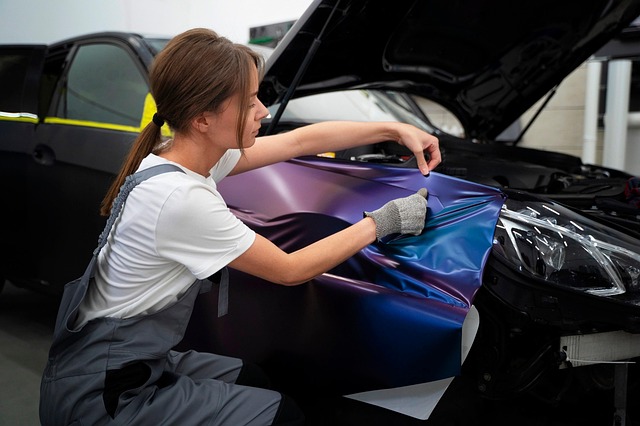
Bumper paint matching is a meticulous process that requires skill and precision to ensure seamless integration of new paint with existing surfaces in auto body work. The primary goal is to match the color, texture, and finish of the bumper perfectly, making it indistinguishable from the rest of the vehicle. This involves several steps, starting with careful inspection and preparation of the damaged area. Auto body technicians will assess the extent of car damage repair needed, sand away any imperfections or old paint layers, and create a smooth base for new paint application.
In a collision repair center, understanding bumper paint matching basics is crucial. It’s not just about applying fresh coat of paint; it involves mixing and matching colors precisely to replicate the original finish. Technicians use specialized tools and techniques, including buffing and polishing, to achieve the desired outcome. By combining these steps with high-quality paints, a collision repair center can ensure top-notch results in their auto body work, restoring vehicles to their pre-incident condition or even enhancing their appearance.
Sanding and Buffing: Techniques for Accurate Color Match
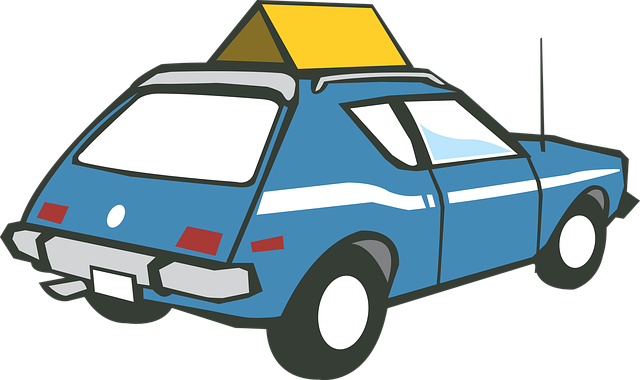
Sanding and buffing are crucial techniques for achieving an accurate color match during bumper paint matching. In the realm of auto repair services, getting the shade right is vital to maintaining a car’s aesthetic appeal and resale value. To start, roughen the surface of the bumper using fine-grit sandpaper, carefully navigating its contours while ensuring even removal of old paint or imperfections. This initial step prepares the bumper for seamless integration with fresh paint.
Subsequent to sanding, employ a buffer to smooth out any remaining irregularities and blend the edges of the repaired area with the surrounding surface. Buffing, as part of car body repair, enhances the paint’s adhesion and creates a seamless finish. By combining these meticulous techniques, you can achieve a bumper repair that is virtually indistinguishable from the original, showcasing expert bumper repair skills.
Tips and Best Practices for Achieving a Flawless Finish
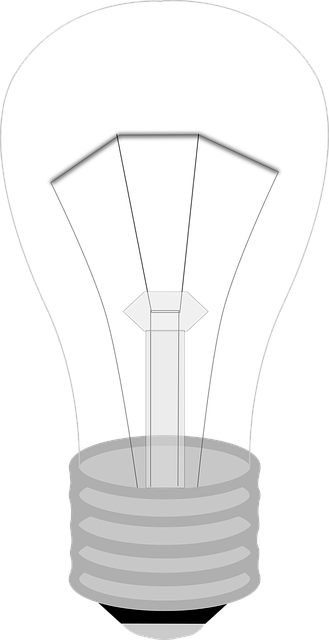
Achieving a flawless finish for bumper paint matching involves meticulous attention to detail and adherence to best practices. Bumper paint matching is an art that combines precision, patience, and the right tools. Before starting, ensure your workspace is well-ventilated and equipped with protective gear, including gloves and a respirator mask. The process begins with thorough cleaning of the bumper to remove any dirt, grease, or existing residue.
For optimal frame straightening and seamless auto body work, use fine-grit sandpaper to gently buff the surface, creating a smooth base for painting. Start with coarser grits for initial shaping and move to finer ones for a polished finish. Regularly dampen the area to control dust buildup. After sanding, wipe down the bumper with a microfiber cloth to remove any remaining debris. This meticulous approach ensures that when new paint is applied, it adheres perfectly, resulting in an invisible joint where the paint meets the vehicle bodywork.
Bumper paint matching is an art that requires precision and attention to detail. By understanding the basics, mastering sanding and buffing techniques, and following best practices, you can achieve a flawless finish on your car’s bumpers. These steps ensure not only an accurate color match but also a durable, glossy surface that enhances your vehicle’s overall aesthetics. For a professional result, remember that practice makes perfect—dive into these techniques to master bumper paint matching.
